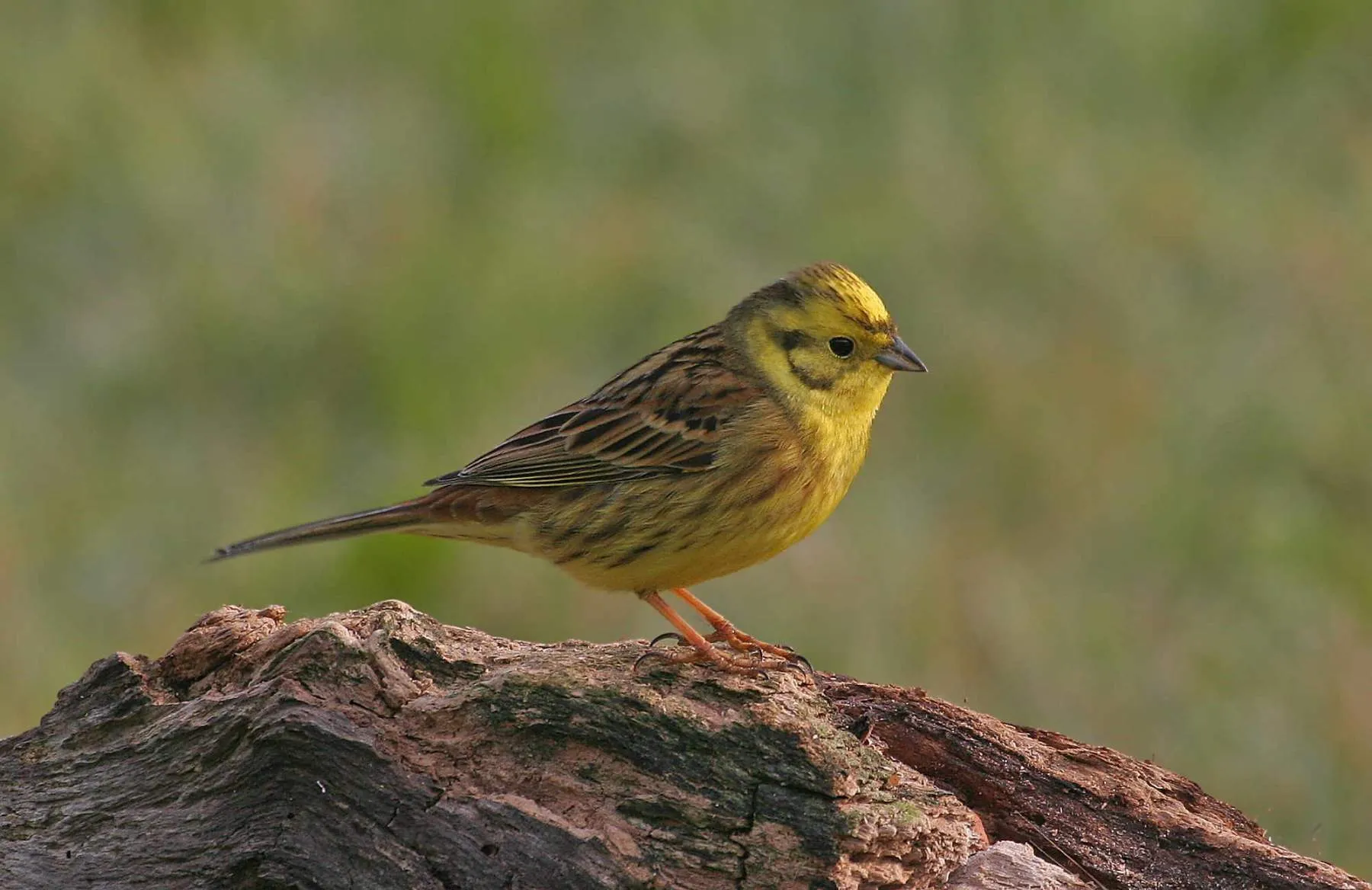BTO research is helping to shape the modern farmed landscape by informing agri-environment schemes.

What are AESs?
The context of farmland intensification is, of course, the demand for food from human populations. Conservation measures need to work in this context and to work with industry; we cannot simply turn back the clock. The principal solution has been AESs, in which farmers are paid for the income they forego and the costs they incur in implementing conservation measures.
Previous BTO research has informed the design of a range of options in AESs, but more recently we have focussed on evaluating how well these schemes actually work. AESs have seen a huge investment of government funds, including taxpayers’ money. Aside from conservation value, there is therefore a clear public interest in ensuring that they deliver.
AESs have seen a huge investment of government funds, including taxpayers’ money. Aside from conservation value, there is therefore a clear public interest in ensuring that they deliver.Gavin Siriwardena
Testing AESs
While a range of studies have tested AES efficacy by comparing farms or fields in and out of schemes, AESs are fundamentally national in scope. National-scale data from BTO-led surveys, specifically the Breeding Bird Survey (BBS), therefore provide a perfect vehicle for testing their long-term effects on bird populations. BTO studies have evaluated the effects of specific option types on farmland bird population changes in England (Baker et al. 2012, Siriwardena et al. 2014, Pringle et al. in prep.) and Wales (Dadam & Siriwardena in review), with analyses now planned for Northern Ireland. These studies have found that, while AESs as a whole have failed to turn around farmland bird declines, there have been net positive effects on various target species, whose declines have been slowed down significantly. The option types that have been most successful are those addressing the demographic factors that have driven declines, notably over-wintered stubbles and wild bird seed mix crops, which provide seed resources to sustain birds through the cold winter months.
The effects of some elements of AES management cannot be evaluated using BBS analyses, but the BTO’s unique surveyor base is still an invaluable resource via bespoke surveys. In this way, in-field nesting plots for Lapwings were found to attract the species successfully, but too often to have been implemented in the wrong way, such as by being too close to woodland (Wilson et al. 2002). The populations of breeding waders using ‘in-bye’ farmland around upland margins were assessed with another specific survey, showing the need for conservation action in this neglected habitat (Conway et al. 2017). Now, surveys are in progress to evaluate the benefits of English AES management for birds in winter and to measure how birds have colonised new farm woodlands planted around 30 years ago.
Future challenges
Farmland bird declines continue, so new solutions are required. The right AES management works, but delivering sufficient quantities in the context of ever-increasing demands for production and pressure on land is extremely challenging. In addition, both population responses to management and policy responses to evidence feeding back from evaluation work are generally slow. The inertia in these systems means that the benefits of recent changes to AESs may not yet be clear, let alone have been acted upon at policy level. Moreover, political and economic shifts can change the context radically, making some historical evidence redundant. The loss of the fallow land provided by set-aside in the late 2000s was one such shift (Henderson et al. 2012), while the effects of Brexit on cropping, livestock and agri-environment could be enormous, not least because much AES funding to date has been determined by the EU’s Common Agricultural Policy.
So working AESs or other mechanisms to deliver farmland bird recovery are still needed, and developing them will require a combination of interpretation of existing evidence and ongoing trials of new management and innovative approaches. For example, BTO was the UK partner in the international ‘FarmLand’ project, which evaluated the potential of manipulating the interspersion of different crops to benefit biodiversity without taking more land out of production (Hass et al. 2018, Sirami et al. in prep). This is also an example of broadening the scope of BTO work from birds to a wide range of taxonomic groups from plants to bees, which is increasingly important because conservation priorities beyond birds have an increasing policy prominence.
Would you like to help the BTO by volunteering your time?
Take up a Breeding Bird Survey square to help monitor the changing fortunes of farmland birds.
BTO research is helping to shape the modern farmed landscape by informing agri-environment schemes.
Farmland Bird Appeal